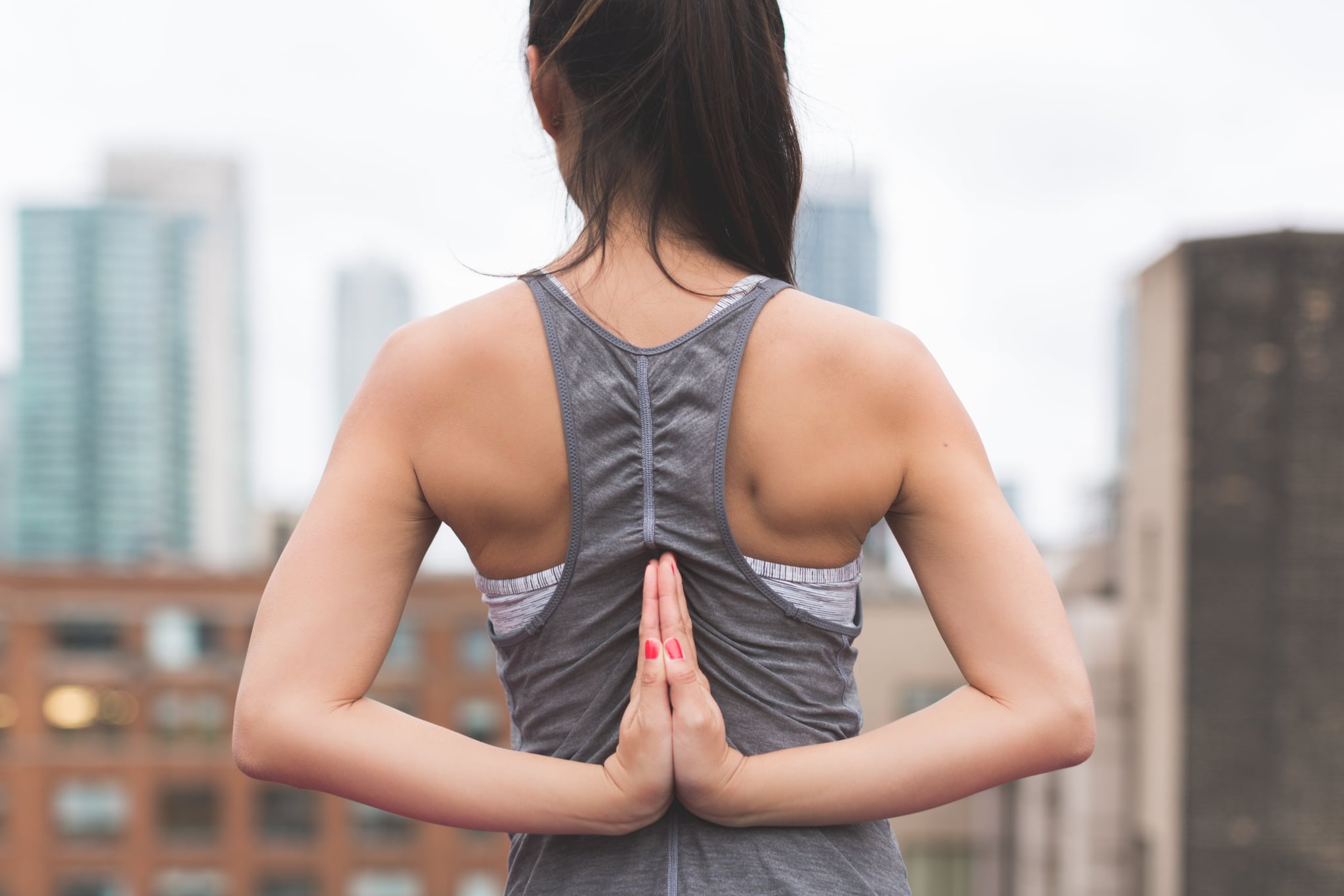

When I enrolled in a power yoga teacher training in 2016, I had mixed feelings about actually becoming a yoga instructor. I'd been a student of yoga for nearly 10 years, so most of my motivation came from my desire to get "better" at my own practice and make it a lasting part of my self-care routine. I wanted to nail a handstand, and spending 25 hours each weekend immersed in all things yoga seemed like as good a strategy as any to get there. Learning to teach was just icing on the cake.
It's not always beneficial to fight my way to the destination, no matter the cost - sometimes the only thing to do is breathe through the present.
Within the first hour of the first Friday evening of the first training weekend, I realized that I wasn't in for 200 hours of lighthearted yogi playtime - nor was this experience going to be primarily about how to teach. As it turns out, practicing (and teaching) yoga isn't about being "good" at poses, and being physically, mentally, and emotionally challenged throughout training prepared me to take on life's ups and downs outside the studio.
Yoga is a booming industry in the United States: practitioners are turning out in record numbers, and for every current yoga teacher, there are two students interested in becoming one. There likely are even more who sign up for a training program for their own learning. Even if you never teach a single class - and even if you don't really do yoga - teacher training can be a positive, even powerful, experience, and much of it has less to do with the physical practice of yoga than with personal growth. Here's what I learned.
We're Stronger Than We Think
Most teacher training programs actually do involve a lot of physical asana. If you've only ever taken one class at a time, you might feel apprehensive about being on your mat for two, three, even five hours in a day or at a time. After my first four-hour practice session in a heated studio, I quickly discovered that my physical and mental capacity for sticking with a challenge was much greater than I'd previously believed.
The Body Is Very, Very Smart
The human body is amazing. It was built to protect itself, and it communicates very clearly when it can take more or needs less - if we're willing to listen. Once I began to tune into how my body felt, I knew when to level up and when to take a break. This is an awareness I can carry into my occasionally stressful day-to-day life.
It's Not (All) About the Outcome
As human beings, we're very goal-oriented. We're usually thinking about what's next rather than the moment we're currently in. Holding Warrior 2 for uncomfortably long periods of time and being pushed to share deeply personal parts of myself with people I didn't know well helped me understand that it's not always beneficial to fight my way to the destination, no matter the cost - sometimes the only thing to do is breathe through the present.
It's Actually OK to Do Less
In addition to being goal-oriented, we also live in a culture that celebrates overachieving. I am, admittedly, a full-on Type A with a nasty competitive streak, and the real challenge for me is in doing less. Teacher training was humbling - it showed me that fighting to do the most, and more than everyone else, wears me down. If I'm really honest, what I often need is a break.
Teacher training was a lesson in actively listening and working with discomfort - in my practice, in my job, in my relationships. Of course, I also learned pose names and sequencing in training, and ultimately I did decide to teach. For me, every class is an opportunity to create space for my students to experience the power of their own practice. I'm still working on that handstand, but that's what a yoga "practice" is all about, after all.

0 comments :
Post a Comment